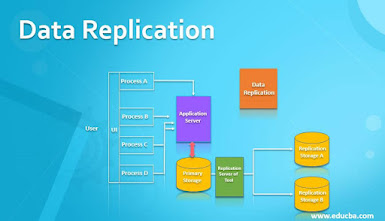A Comprehensive Guide to AWS ETL Options for Efficient Data Management
Introduction:
AWS ETL (Extract, Transform, and Load) options are a set of services and tools offered by Amazon Web Services (AWS) to help businesses manage and move data between various data sources and destinations. These tools are designed to simplify the process of extracting data from different sources, transforming it into a suitable format, and then loading it into a target data store or analytics platform. In this article, we will explore some of the popular AWS ETL options and their features.
AWS Glue:
AWS Glue is a fully-managed ETL service that makes it easy to move data between various data stores. It can crawl data sources, automatically generate ETL code, and load the transformed data into target data stores or data warehouses. AWS Glue supports a wide range of data sources including Amazon S3, Amazon RDS, and Amazon Redshift, and allows users to run ETL jobs on a schedule or on-demand. It also integrates with AWS Lambda, enabling users to perform custom transformations using their own code.
AWS Data Pipeline:
AWS Data Pipeline is a web service that helps users move data between different AWS services and on-premises data stores. It allows users to define data processing workflows using a visual editor, which can include activities such as data transformation, data validation, and data movement. AWS Data Pipeline supports a variety of data sources including Amazon S3, Amazon RDS, and Amazon DynamoDB. It also provides a range of scheduling options, including on-demand, periodic, and event-based.
AWS Glue vs. AWS Data Pipeline:
Both AWS Glue and AWS Data Pipeline are popular AWS ETL options, but they differ in terms of their features and use cases. AWS Glue is designed for users who want a fully-managed ETL service that can automatically generate code and handle complex data transformations. It also supports real-time data processing and integrates with AWS Lambda for custom transformations. On the other hand, AWS Data Pipeline is a more flexible ETL service that allows users to define their own data processing workflows using a visual editor. It is suitable for users who want to move data between different AWS services and on-premises data stores and need a more customizable solution.
Conclusion:
AWS ETL options provide businesses with a
range of tools and services for managing and moving data between different data
sources and destinations. AWS Glue and AWS Data Pipeline are two popular ETL
options offered by AWS, each with its own set of features and use cases. AWS
Glue is ideal for users who want a fully-managed ETL service that can handle
complex data transformations, while AWS Data Pipeline is more flexible and
customizable. By choosing the right ETL option, businesses can simplify their
data management processes and gain insights from their data more easily.




Comments
Post a Comment